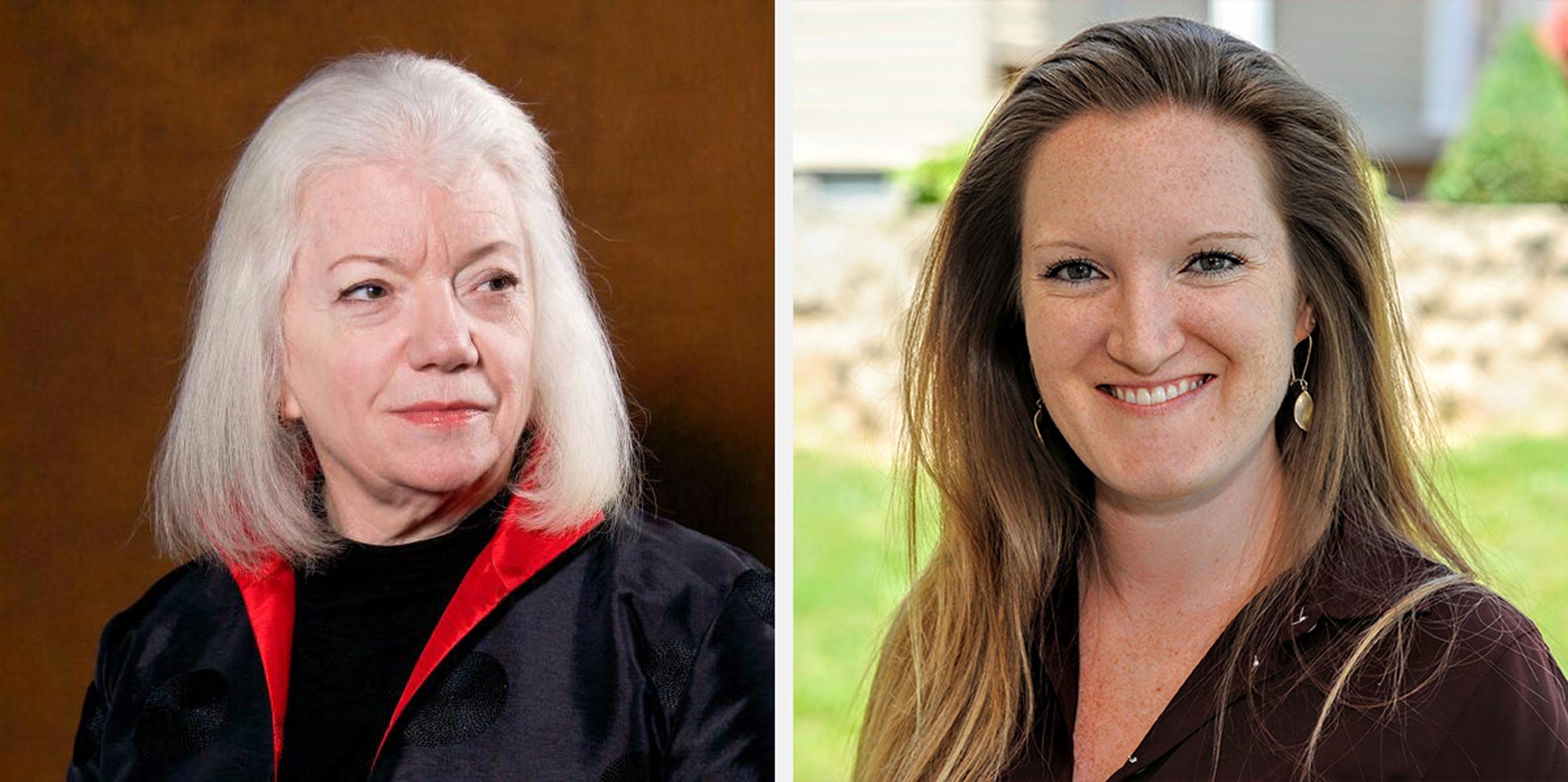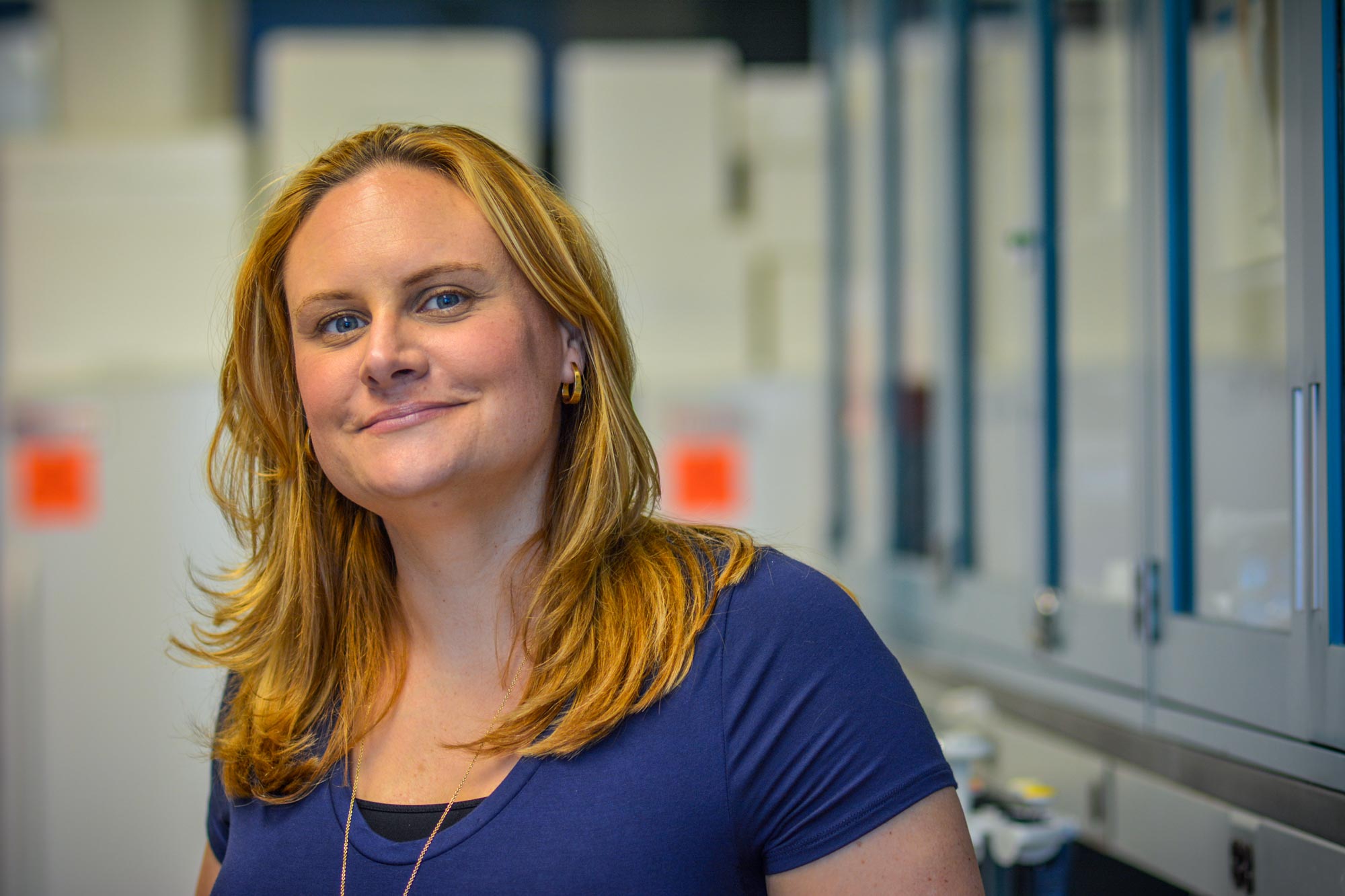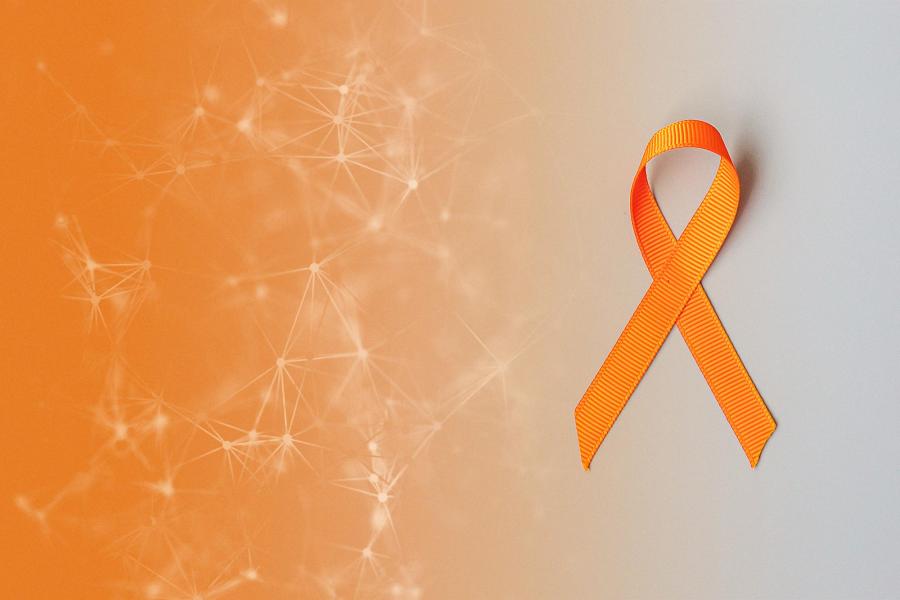With its short round ears, seedlike black eyes and snout-to-tail brown coat, prairie voles might rank somewhere between a field mouse and a hedgehog in terms of insane cuteness if it wasn't for one thing that puts them over the top: They mate for life.
The pairs can usually be found huddling together and grooming each other, with both males and females caring for their young.
In addition to their humanlike inclination to stick with a mate, a rarity among mammals, prairie voles have a number of other similarities to us, including similar organs and neurological pathways, and many of the same genes.
That makes new University of Virginia collaborative research all the more intriguing. A journal study made available online this month has shown that prairie voles don't form the pair-bonds they're famous for if they're born via cesarean section.
The study comes with a caveat, though, adding to the intrigue: If the researchers intervened with an emergency dose of the hormone oxytocin upon delivery, the prairie voles would retain the ability to pair-bond at maturity.
The findings beg the question: Is how we're born more important to how we love and relate in life than we ever realized?
Virginia Is for Love Researchers
Researchers Sue Carter and Allison Perkeybile of UVA's Department of Psychology have been asking that question for many years now. They joined the UVA faculty in 2021, having previously worked at The Kinsey Institute for Research in Sex, Gender, and Reproduction at Indiana University, where Carter was executive director.

Researchers Sue Carter and Allison Perkeybile joined the UVA faculty in 2021 from the Kinsey Institute. (Contributed photos)
Carter is the scientist who first discovered the relationship between oxytocin and social monogamy. In work that began more than four decades ago, she pioneered prairie voles as a research model, leading to the discovery that oxytocin, in conjunction with a handful of other molecules, primarily vasopressin, were critical to the formation of social bonds - the building blocks of relationships and love.
At present, the professor wants to know, "Do the hormonal experiences associated with birth 'epigenetically program' our nervous system to give us the capacity to love?"
Epigenetics is the study of how human behaviors and the environment can change the way our genes work. Hormones play a major role in the regulation of gene expression. They induce changes in the enzymes that kickstart our bodies' biochemical reactions.
And oxytocin is the hormone journalists always want to know about.
"People are always asking me if oxytocin is the 'love hormone,'" she said. "I say it's 'a' hormone involved in forming relationships. It's not a single hormone acting on a single receptor. It's a complex interaction. But the questions we are addressing are of tremendous importance in human development, and they may give us clues to the biology of love."
Carter has long asserted that changes in hormones and gene expression must occur in order for social bonds to not only form, but endure.
The ongoing testing of this hypothesis brought Perkeybile, Carter and their colony of prairie voles to UVA. Here, they continue their research with psychology professor Jessica Connelly, who runs a specialized lab that studies gene expression.
Carter described Connelly as "an amazing scientist, unique in her capacity to understand the genetics and epigenetics of the oxytocin system, and to translate her findings to humans. Jess is allowing us to take this work to the molecular level."
C-Section and MRI Studies
Prairie voles are particularly wired to associate sex, and the reward that the resulting oxytocin provides the brain, with the presence of a partner. Though being born may seem far removed from such adult activities, voles mature quickly. Usually, the process takes a little more than a month's time, giving researchers a quick window into how they'll form relationships.

Jessica Connelly runs a specialized lab that studies gene expression. (UVA Arts and Sciences photo)
The finding that prairie voles can't pair-bond after C-section unless helped along by oxytocin could have implications for obstetricians. So far, though, the team is cautious about extrapolating to humans.
"We don't know what is causing this change in behavior," Perkeybile said. "I'm not sure we are at the point in our research yet where we can make definitive statements for clinicians. These common interventions - cesarean delivery and labor induction or augmentation with oxytocin - are life-savers for many mothers and babies. They may also have long-term consequences for both moms and babies. Our goal is to try to learn more about what these consequences could be, and who might be more at risk for experiencing them."
Currently, about a third of all births in the United States are by C-section. And about two-thirds of all birth inductions are with Pitocin, the synthetic form of oxytocin.
The C-section research also found that male prairie vole pups born by C-section were unable to regulate their body temperatures as well as voles born naturally. This led to abnormal behavior, such as not huddling as well for warmth. They also had altered gut biomes at adulthood, holding implications for oxytocin transfer and future behavior, Carter said.
In a separate study, the researchers scanned the brains of adult voles to look more closely at the effects of administering oxytocin just before birth.
Male voles were particularly sensitive to the oxytocin, demonstrating altered blood flow during the magnetic resonance imaging scans.
"We don't yet know if the increased brain connectivity in males is good, bad or neutral," Perkeybile said, "only that it is different. From other work, we do know that these animals whose moms were treated with oxytocin just before giving birth, modeling labor induction in humans, are more social as adults."
These studies are part of a series that Perkeybile, Carter and Connelly are completing related to birth interventions. The first author on the studies, William Kenkel, is an assistant professor of psychology at the University of Delaware and a long-term collaborator. The studies also involved scientists at Northeastern University and Harvard Medical School in Boston.
The C-section research appears as part of the April edition of Hormones and Behavior, while the MRI study appears in the April edition of Psychoneuroendocrinology.
The two studies occurred before the researchers transferred the vole colony to UVA.
Asking Questions Since Birth
Even though she delivered her healthy firstborn son more than 40 years ago, Carter has wondered ever since about the lasting impacts of birth interventions.
She didn't have a cesarean section, but she did receive Pitocin. She had been teaching the biology of reproduction at the University of Illinois at the time, and yet hadn't anticipated that a drug might be used in her labor.
"Hypothetically, I should have known, but the use of Pitocin was less common - about 10% of births," she said. "At that time, I asked my first question, and I still continue to search for an answer: What did this do to the baby?"
She added, "Nobody was asking those questions, even in laboratory animals. It was just assumed things given to the mother would not get directly to the baby in most cases, because of the placenta barrier."
While it may be incidental, her son turned out to be an unusually outgoing child.
Even today, "I think he's more social than the average person," Carter said. "Whether exposure to oxytocin during birth plays a role in tuning later social behavior remains to be studied."









